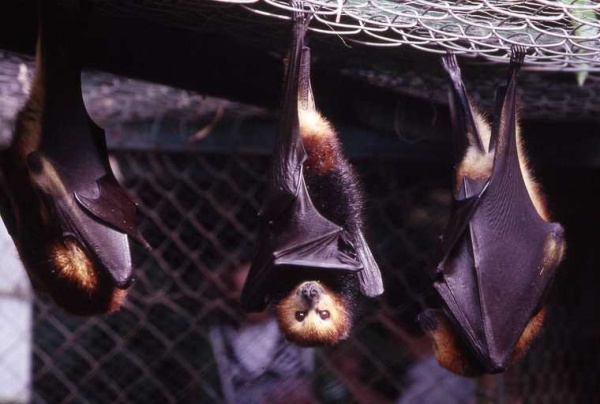Facts About Native Fruit Bat
The Mauritian flying fox, also known as the Greater Mascarene flying fox or Mauritius fruit bat, is a remarkable megabat species native to Mauritius and La Réunion. With a wingspan extending up to 80 cm and adorned with golden fur, it stands as the largest mammal endemic to Mauritius. These bats are primarily nocturnal, roosting by sunrise, and play a crucial role in their ecosystem by feeding on fruit and nectar, thereby aiding in pollination and seed dispersal.
The evolutionary history of the Pteropus genus, which encompasses the Mauritian flying fox, began approximately 28 to 35 million years ago, with significant evolutionary developments occurring around 12 to 15 million years ago. Today, these bats are predominantly found in the forests of national parks in Mauritius, such as Black River Gorges, Combo, and Bel Ombre. Occasionally, they venture into fruit plantations, leading to conflicts with farmers.
Historically, deforestation and hunting dramatically diminished their population. However, by 2006, their numbers had gradually increased to around 20,000. Unfortunately, the species is once again facing a decline due to controversial government culling programs aimed at protecting fruit crops. These culls have sparked criticism from conservation groups, who argue that weather, rats, and invasive birds pose more significant threats to fruit than the bats do.
In October 2018, the Mauritian government announced another culling program targeting a 20% reduction in the flying fox population. This move could potentially push the species into the 'Critically Endangered' category according to the IUCN. Once listed as 'Vulnerable', the Mauritian flying fox is now classified as 'Endangered' following the culling activities in 2015.
